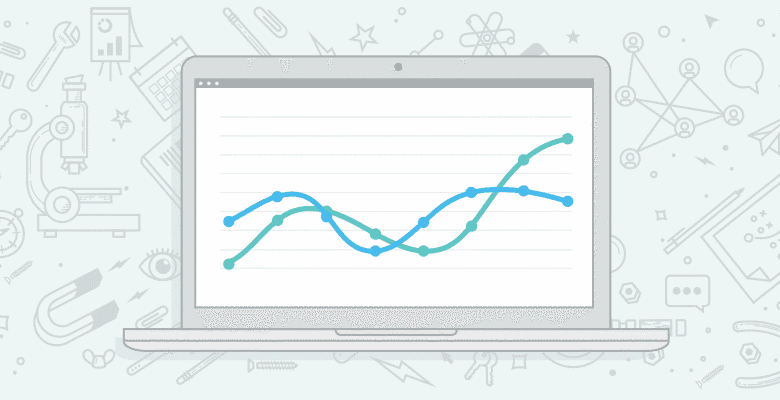
To invoke the parlance of the Interwebs, “teh internets are srs bsns.” And it’s true – after all of the analyzing, optimization, and long-tail research is done, doing business online still carries with it the same credo held by traditional businesses: “make money.” The theories, the hot trends, the Internet superstar programs and toolkits all exist to do just that.
So how, then, does the high-flying, hype-intensive world of website analytics accomplish the making of the moolah? As an ad man, I’m speaking primarily of ad revenue-driven sites, and to me it boils down to fixing the weak points in the click generation funnel. Operations people call this “throughput,” and it’s as important to a website as it is to a manufacturing plant.
Start with a simple equation: daily visitors * click-through rate * cost per click = revenue. Using the myriad of simple, free tools available on the World Wide Web, you can go through your site and determine where the bottleneck is.
Daily visitors: simple. Everyone knows how many visitors they have coming to their site. This is generally the first measurement site owners focus on – more visitors = more revenue. But tracking the trends of your visitors – where did they come from, what keyword brought them to your site, what content they’re consuming once they get there – figures heavily into parts 2 and 3 of our equation. Not all visitors are created equal… at least from a dollar value standpoint.
Click-through rate: CTR should be where analytics on your page begin to shine. CTR as it stands is a tricky thing, but the key is determining what, exactly, your readers want. With search engine ads, it’s easy – take the query, advertise to that, and boom. Site owners can take a similar tact: go into your analytics program and look for the search keywords that drive the most traffic to your site, and take them strongly into account when writing content. If the big keywords for you are “antivirus software” and “tech support,” for example, it does your CTR no good to ignore your readers’ intent and write posts about your cat. You can also use Google’s Traffic Estimator to see how many clicks per day Google’s ads receive for those terms.
Cost Per Click: Probably the most straightforward metric to affect, you can go straight into the Google AdWords traffic estimator and get an idea what kind of revenue your keywords get. For example, if you own a site on SEO, you might have “SEO,” “SEO Toolkit” and “Search” as three big drivers of traffic. A quick glance at the Traffic Estimator for these shows you that “SEO Toolkit” has the highest CPC, but only gets one click per day (according to Google).
No one metric for generating site revenue should ever exist in a vacuum. Your site revenue is dependent on each of these, and you can use analytics to determine which is the major bottleneck holding you back from greater site revenue.






